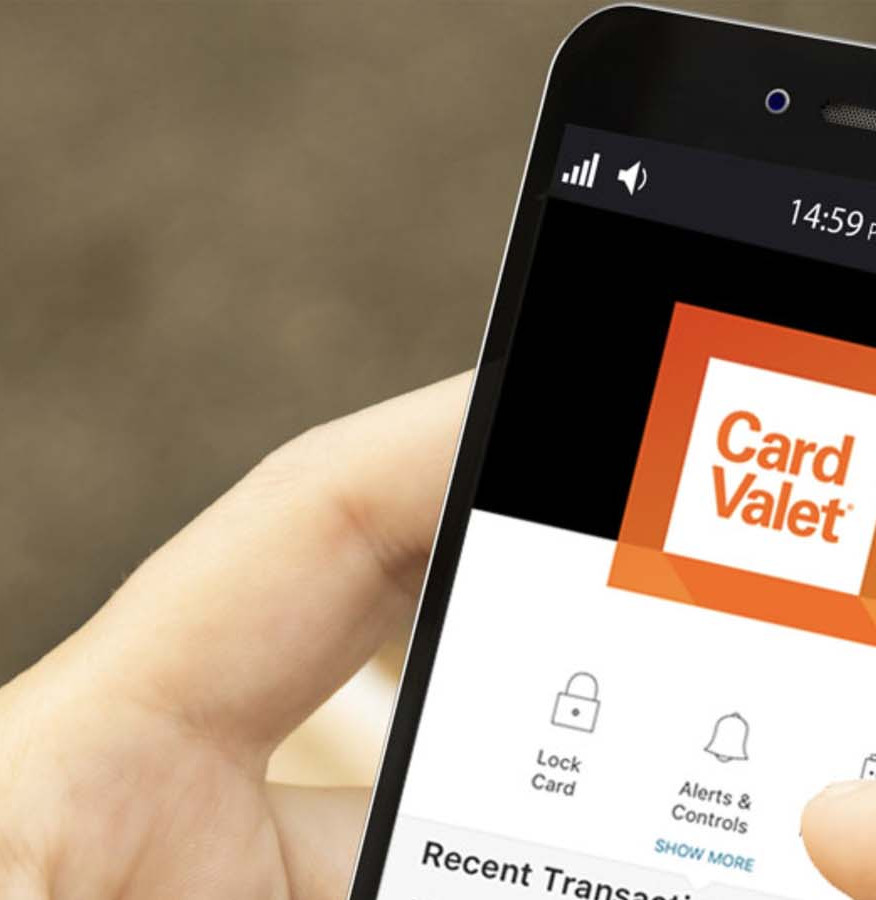
Fraud Protection
Useful tools with real-time alerts to help you guard against account fraud.
Positive Pay
Positive Pay is one of the most powerful tools a business can use to protect your company against check and ACH fraud.
Adirondack Bank’s Positive Pay service is a proactive banking solution that can prevent your business from becoming a victim of check or ACH fraud. This fraud mitigation tool allows Business Online Banking customers to view checks issued and paid as well as ACH transactions for potential fraud and allows the customer to make timely decisions to return any questionable check or ACH payment.
- When you provide a file listing of checks to the Bank, each check will contain a specific profile (date, check number and dollar amount)
- Those check records are exported from your file list, and imported to the Centrix Positive Pay system
- As those checks are deposited and ACH items are received and reach ADK Bank for posting, we compare the details of the check or ACH to the details you provided when it was originally issued
- If differences or discrepancies are found, the check or ACH item is flagged, and placed in the "Exception" list for you to review and decide whether to pay or return the item
CardValet®
Easily Manage Your Cards
CardValet® is a mobile app that lets you control your debit card usage and spending on the go. This convenient service lets you lock and unlock your ADK debit card, set and remove spending limits, restrict transactions, and even schedule alerts!
Fraud Protection
- Real-time alerts keep you informed when your cards are used
- Turn your cards on or off, in an instant, for any reason
- When your cards are "off," no withdrawals or purchases will be approved
Control Spending
- Set spending limits for general use or specify thresholds by merchant types, such as gas, groceries, or retail stores
- Establish controls by location and change parameters via your mobile device
Notifi
A Greater Sense of Security.
Adirondack Bank’s Online Banking customers can now set up real time alerts for their accounts with Notifi. You choose which alerts you are interested in such as password changes, low balance information, transfer, transaction, and even ATM activity.
Just login to Online Banking and click “Alerts” in the upper right-hand corner. You can choose to receive your alerts via email or text. Change criteria as needed. It’s a great way to keep track of your account activity!
Your Security is Our Concern
Internet Scams
Internet fraud is alive and well, and it’s costing victims thousands of dollars. In fact, the FBI’s Internet Crime Compliant Center (IC3) received a record 791,790 complaints of online fraud in 2020, with $4.1 billion in reported losses—that’s an average of over 2,100 per day at around $5,000 per person.
You should never click the links provided in emails you can't independently confirm. Doing so will make your computer and personal information vulnerable to viruses and malware. Again, though the sender may seem legitimate—which is exactly what the scammer wants you to believe—no reputable institution will ask for your password or other key personal information online.
Identity Theft
Identity theft refers to all types of crime in which someone wrongfully obtains and uses another person's personal data in some way, typically for economic gain.
With enough identifying information about an individual, a criminal can take over that individual's identity to conduct a wide range of crimes. For example:
- False applications for loans and credit cards
- Obtain medical services
- Fraudulent withdrawals from bank accounts
- Fraudulent use of online accounts
These acts can damage your credit status, and cost you time and money to restore your good name.
Phishing
Phishing attacks are the practice of sending fraudulent communications that appear to come from a reputable source. It is usually performed through email. The goal is to steal sensitive data like credit card and login information or to install malware on the victim's machine. Phishing is a common type of cyber attack that everyone should learn about in order to protect themselves.
Phishing starts with a fraudulent email or other communication designed to lure a victim. The message is made to look as though it comes from a trusted sender. If it fools the victim, he or she is coaxed into providing confidential information--often on a scam website. Sometimes malware is also downloaded onto the target's computer.




